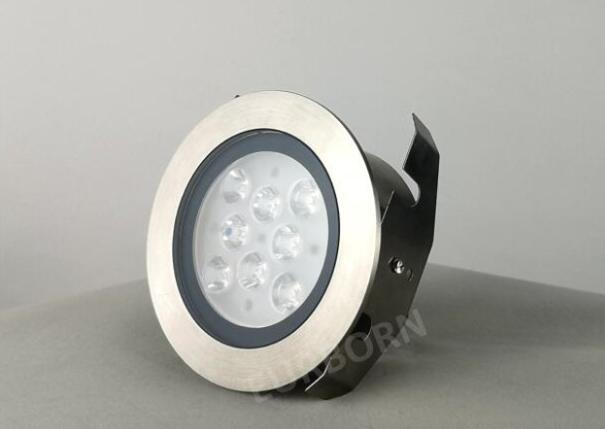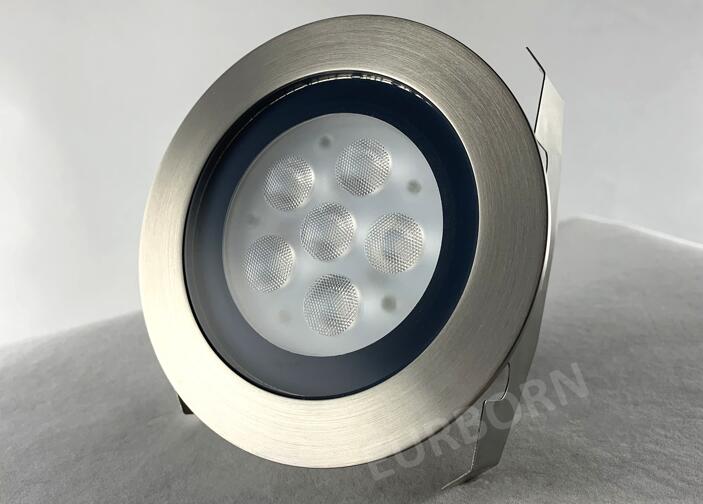304 and 316 stainless steel are two common stainless steel materials. The differences between them mainly lie in their chemical composition and application fields. 316 stainless steel contains higher chromium and nickel content than 304 stainless steel, which makes 316 stainless steel have better corrosion resistance, especially against chloride media. Therefore, 316 stainless steel is more suitable for use in environments with higher corrosion resistance requirements, such as seawater environments or chemical industries. 304 stainless steel is typically used in general-purpose applications such as kitchen appliances, building materials, etc.
When it comes to 304 and 316 stainless steel, we can learn more about their performance characteristics. In addition to their chemical composition, the two stainless steels also differ in their mechanical and processability properties. 316 stainless steel generally has higher tensile strength and compressive strength, but may have lower plasticity relatively speaking. In addition, the heat treatment properties of 316 stainless steel are not as flexible as 304 stainless steel, so more attention and skills may be required in processing and forming. In addition, there are other types of stainless steel materials, such as 304L and 316L, which have lower carbon content and are more suitable for avoiding the generation of precipitates during welding. Therefore, when selecting stainless steel materials, in addition to considering its corrosion resistance, it is also necessary to consider its mechanical properties, processing performance and the needs of specific application environments in order to select the most suitable material.


When further deepening our understanding of 304 and 316 stainless steel, we can also consider their corrosion properties in specific environments. Due to the molybdenum content, 316 stainless steel generally has higher corrosion resistance than 304 stainless steel, especially in environments containing chloride ions, such as seawater or salt water. This makes 316 stainless steel a more suitable material choice for use in marine environments or chemical industries. In addition, the performance differences of these two stainless steels in high-temperature environments can be further explored, as well as their applications in specific industries such as food processing and medical devices. With a deeper understanding, we can more accurately select the right stainless steel material for different application scenarios to ensure it performs optimally in specific environments and conditions.
Choosing 304 or 316 stainless steel depends on the specific application needs. Generally speaking, 304 stainless steel has good corrosion resistance and is suitable for general indoor and outdoor environments, while 316 stainless steel has higher corrosion resistance because it contains molybdenum and is suitable for use in highly corrosive environments, such as seawater. Environmental or chemical industry. Therefore, it is the best practice to choose 304 or 316 stainless steel according to specific usage conditions and needs.


Post time: Dec-19-2023




